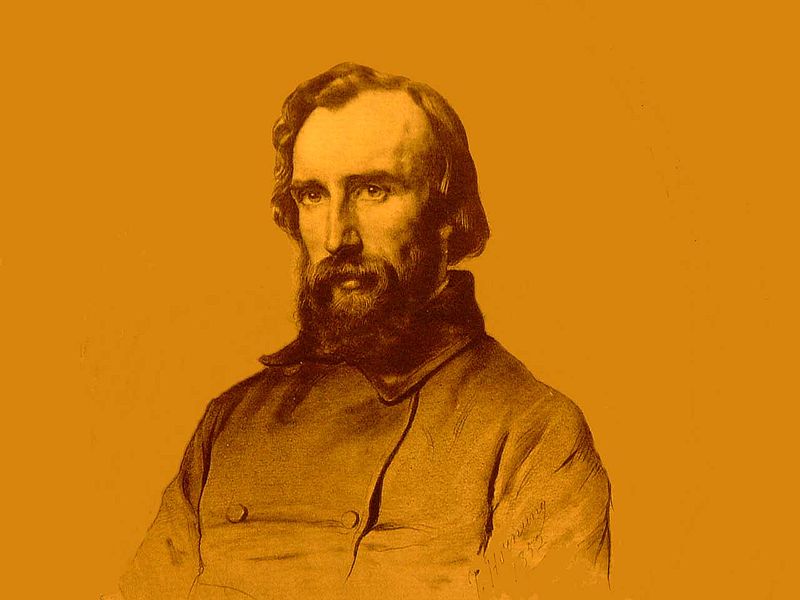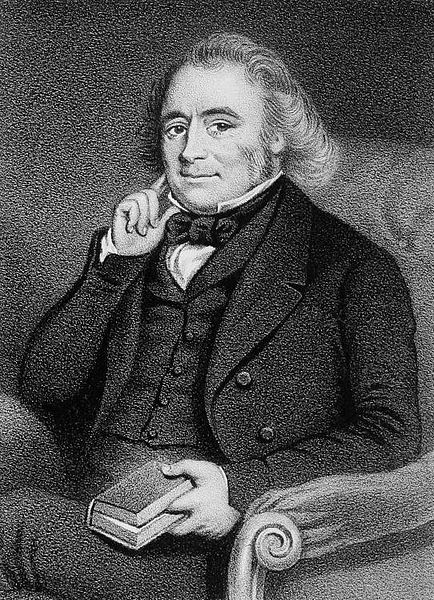Here’s a creepy fragment by English ghost story writer M.R. James, published shortly after his death in 1936 — he’s recalling a memory from his childhood, when, alone one day in his father’s Suffolk rectory, he had looked out upon a wooden gate in a grove of trees:
As was but right it was shut, and nobody was upon the path that led to it or from it. But as I said a while ago, there was in it a square hole giving access to the fastening; and through that hole, I could see — and it struck like a blow on the diaphragm — something white or partly white. Now this I could not bear, and with an access of something like courage — only it was more like desperation, like determining that I must know the worst — I did steal down and, quite uselessly, of course, taking cover behind bushes as I went, I made progress until I was within range of the gate and the hole. Things were, alas! worse than I had feared; through that hole a face was looking my way. It was not monstrous, not pale, fleshless, spectral. Malevolent I thought and think it was; at any rate the eyes were large and open and fixed. It was pink and, I thought, hot, and just above the eyes the border of a white linen drapery hung down from the brows.
There is something horrifying in the sight of a face looking at one out of a frame as this did; more particularly if its gaze is unmistakably fixed upon you. Nor does it make the matter any better if the expression gives no clue to what is to come next. I said just now that I took this face to be malevolent, and so I did, but not in regard of any positive dislike or fierceness which it expressed. It was, indeed, quite without emotion: I was only conscious that I could see the whites of the eyes all round the pupil, and that, we know, has a glamour of madness about it. The immovable face was enough for me. I fled, but at what I thought must be a safe distance inside my own precincts I could not but halt and look back. There was no white thing framed in the hole of the gate, but there was a draped form shambling away among the trees.
“Do not press me with questions as to how I bore myself when it became necessary to face my family again. That I was upset by something I had seen must have been pretty clear, but I am very sure that I fought off all attempts to describe it. Why I make a lame effort to do it now I cannot very well explain: it undoubtedly has had some formidable power of clinging through many years to my imagination. I feel that even now I should be circumspect in passing that Plantation gate; and every now and again the query haunts me: Are there here and there sequestered places which some curious creatures still frequent, whom once on a time anybody could see and speak to as they went about on their daily occasions, whereas now only at rare intervals in a series of years does one cross their paths and become aware of them; and perhaps that is just as well for the peace of mind of simple people.”



